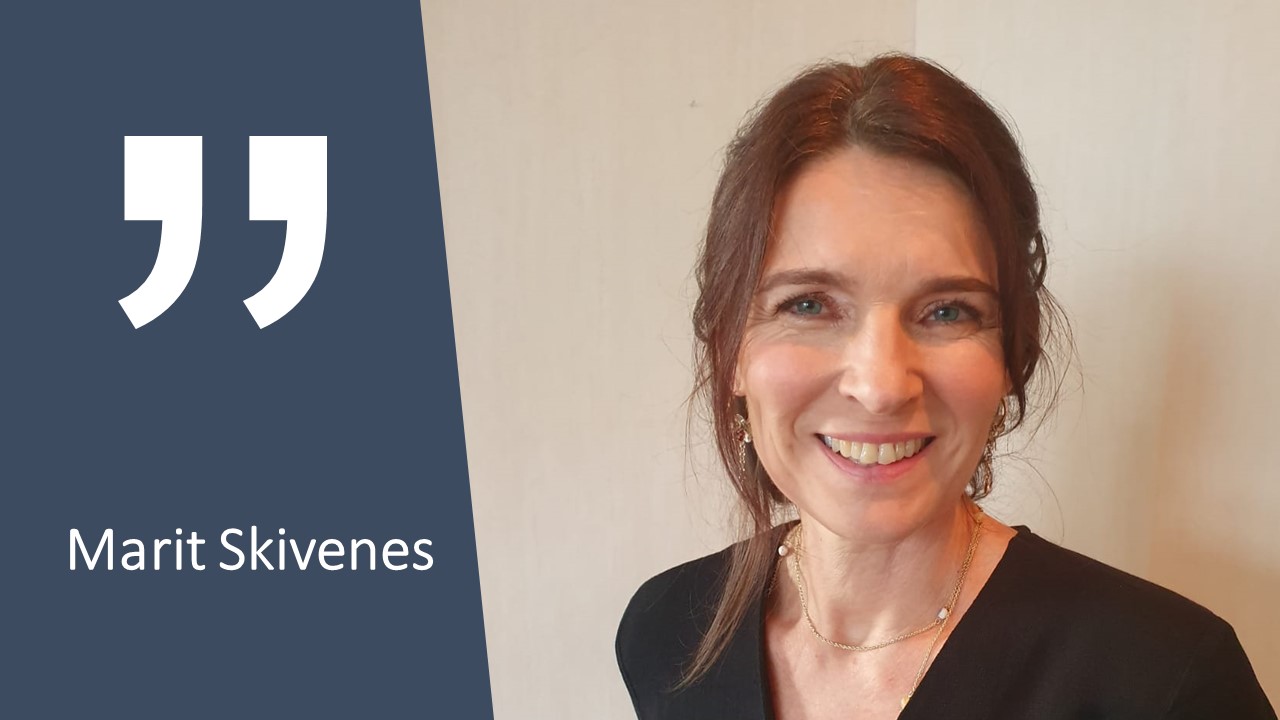BLOG: In a situation of child protection, are the child´s rights more important than the parent´s rights?
Blogpost by Professor Marit Skivenes
The world’s child population of over 2.2 billion all have a comprehensive set of rights as set out in the UN Convention on the Rights of the Child (UNCRC). Across the globe, countries are in different stages of development (Berrick et al, in press), which also impacts on the degree to which children’s rights are protected and respected (Clarke et al 2020).
For many children the UNCRC is only a document with barely any impact on their daily life. Children will to a varying degree be living in vulnerable situations and face hardship and difficulties that shape their wishes and feeling, and their prospects on life chances and priorities. Even within rich countries and the OECD countries there is a range of differences in living conditions for children (UNICEF 2020). Two countries that both are immensely rich, Norway and the USA, are respectively ranked on the upper and lower layer on child well-being outcomes (UNICEF 2020 p. 11).[1]
For many children the UNCRC is only a document with barely any impact on their daily life.
Marit Skivenes
USA being the only nation state that has not ratified the UNCRC may come to mind, but the U.S. has a system that in fact is based on the same principles as the UNCRC. Surely, it is a complex set of explanations for differences in between Norway and the USA on the matter of child-well-being, but still, people´s views on children´s rights may shed some light on the differences.
Public’s sentiments on children’s rights
In a study I have done together with colleagues at University of Berkeley (California, USA) we examine the public’s sentiments on children’s rights and parents’ rights. We presented representative samples of the population in California and in Norway with a case scenario of a newborn baby having withdrawal symptoms due to the mother having substance abuse problems.
We were curious to find out how the rights of the child and the mother is perceived in such situations. Based on previous research and knowledge about these two societies, we would expect Norwegians to be more favourable to children´s rights, and Californians to be more favourable to parents’ rights. Both these expectations were correct.
Strong support for the baby´s rights
A large majority of Norwegian citizens – three out of four – were supportive of the baby´s rights, but also a majority (58%) of the citizens from California said the same. It is unclear whether the policy context of each of these countries shapes public opinion or vice versa, but the policy context in Norway is embracing a child rights perspective.
The UN Convention on the Rights of the Child is the law of the land, and in 2014 the Norwegian Constitution was amended with an article on children´s position in the society. Just recently, May 2020, the Parliament instructed the government to strengthen children´s right to participate, be informed, have their best interest care for, and, private life (Decision 637 2020). These policy changes may have implications for shaping public opinion, but may also be a reflection of the citizen´s sentiments.
A large majority of Norwegian citizens – three out of four – were supportive of the baby´s rights, but also a majority (58%) of the citizens from California said the same.
Marit Skivenes
Asked specifically about parental rights in the same scenario, citizens of California were indeed more likely to support a parents’ rights perspective compared to the Norwegians. 10 percent of the Norwegians, compared to 30 percent of the Californian respondents, favored a parents’ rights orientation.
However, for the U.S. respondents, there is a majority in support of children´s rights, and less than one-third favoring parents rights. Compared to Norway, the Americans are distinctly less oriented towards children´s rights, but that should not overshadow the fact that it is a clear majority that are oriented towards children´s rights in a child protection situation.
Prevalent tensions
I believe these findings on citizens view on individual rights give us a better understand of why the USA are not doing better on international ranking on children’s well-being. But, this might be changing. The responses from the Californians may reflect some tensions prevalent in US society and in the development of child protection policy.
References:
Berrick, J. D., N. Gilbert and M. Skivenes (red.). International Handbook of Child Protection Systems. NY: Oxford University Press. (under publisering)
UNICEF 2020, World of Influence https://www.unicef-irc.org/publications/pdf/Report-Card-16-Worlds-of-Influence-child-wellbeing.pdf
Clarke et al, 2020, A future for the world’s children? A WHO–UNICEF–Lancet Commission ( https://doi.org/10.1016/S0140-6736(19)32540-1)
[1] See also KidsRights Index 2020; Unicef 2019; Sustainable Development Goal for Children (https://www.unicef.org/sdgs); Clarke et al, 2020, cf. GDP per capita (2019).

